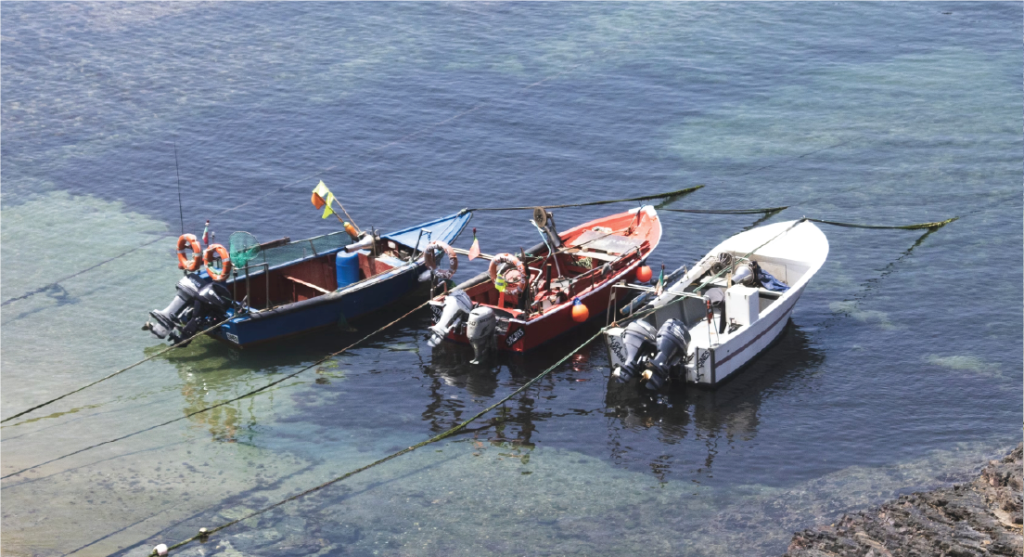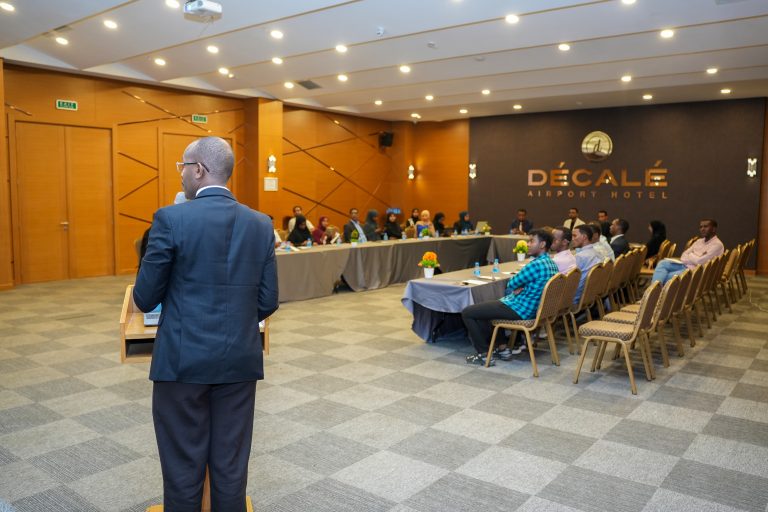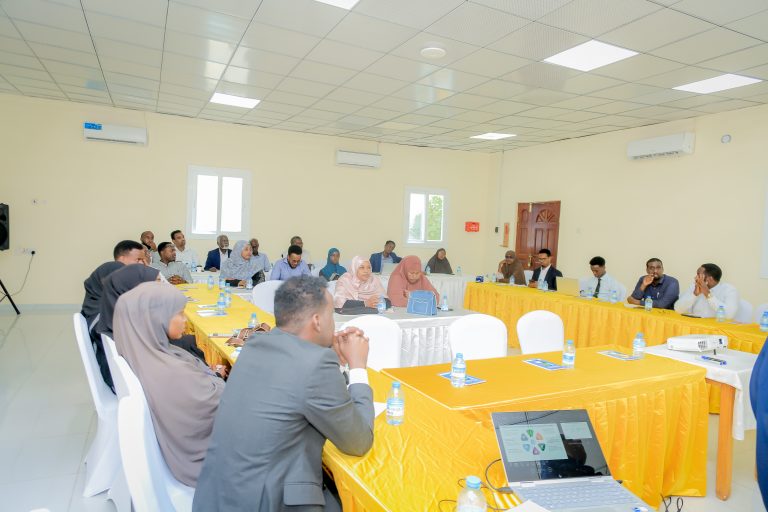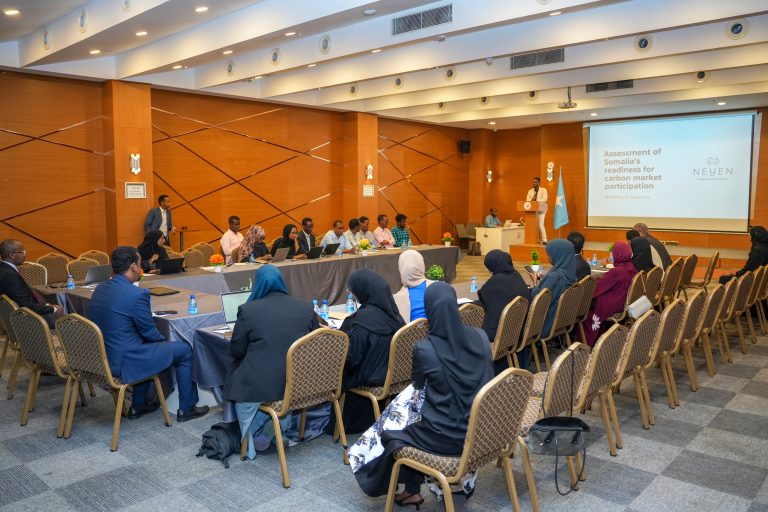Fisheries
Sectors & Solutions
Fisheries
Sectors:
Fisheries
Sector Overview:
Despite a coastline of 3,300 km, fisheries remain
underexploited, contributing only a small fraction to
GDP.
Investment Opportunities:
Infrastructure development for cold storage,
processing facilities, and sustainable fishing practices
to tap into high-demand export markets like the EU and
Gulf States.

FISHERIES SECTOR INSIGHTS
Low GDP Contribution Despite High Potential
The sector contributes only 2% to Somalia’s GDP, despite having the potential to produce 340,000 – 420,000
metric tons of fish annually on the eastern coast.
Limited Exports, Restricted by Lack of Certifications
Somalia’s fish exports are currently limited to 15 million metric tons annually, far below the sector’s potential, due to
a lack of international certifications like HACCP and ISO, which restrict access to global markets.
Significant Post-Harvest Losses Due to Poor Infrastructure
Post-harvest losses are as high as 30-40% due to inadequate cold storage and transportation.
Underutilized Potential
The sector remains underdeveloped due to a lack of investment, equipment, and skilled labor, yet holds significant
potential for growth, especially in expanding exports of high-value species like tuna and lobster.
Infrastructure Deficiencies
Interviewees highlighted that poor infrastructure, including inadequate ports and road networks, makes it difficult to
transport fish efficiently to markets, leading to losses and lower quality.
Regulatory and Certification Barriers
Weak enforcement of fishing regulations leads to overfishing, particularly of vulnerable species like lobster.
Additionally, the lack of certifications such as HACCP and ISO prevents Somali fish from accessing high-value
international markets.
Opportunities
for Growth for
Fisheries

Market
Interventions
Potential to Increase Fish Production from 30,000 to over 400,000 Metric Tons:
By investing in modern fishing equipment and infrastructure, there is potential to
increase annual fish production from 25,000 – 30,000 metric tons to over
400,000 metric tons.
Training and Modernization Needed to Improve Competitiveness: Training
programs are critical to address the skills gap, allowing fishermen to improve
catch quality and adopt sustainable practices. This will improve competitiveness
in both domestic and export markets.

Value Chain
Development
Creating 30% of Employment in Coastal Areas with Improved Infrastructure: The
sector has the potential to create 30% of employment in coastal areas with
improved infrastructure and modernized operations.
Value-Added Processing Key to Increasing Profitability: Developing cold storage
and processing facilities would reduce post-harvest losses, increase the
production of value-added products, and boost job creation. Expanding value-added
services like filleting and canning will enhance profitability.

Role of the
SDRB
Reducing Post-Harvest Losses by 40% with SDRB Financing: Financing through
SDRB could reduce the sector’s post-harvest losses by as much as 40%,
significantly improving fish quality and market value.
SDRB’s Role in Facilitating Infrastructure and Regulatory Improvements: SDRB’s
involvement in financing and facilitating PPPs could lead to long-term
improvements in infrastructure, sustainable fishing practices, and regulatory
compliance, opening new markets for Somali fish exports.
News
Procurement
Whistle Blower Policy: The Somali Development and Reconstruction Bank operates a strict zero-tolerance policy on corruption, fraud, and
bribery. If you witness any misconduct or non-compliance, report it anonymously via email at: whistleblow@sdrb.gov.so









